When feasible I like to visit clients to measure their dogs for a bespoke commission. But if you live a long way away, or if you think you might want a statue in the future, it can be a good idea to take some measurements of your own dog. Here’s how to measure them in a standing position.
- One person can hold the dog while one person can measure. If you want to make it even easier, have a third person keep the list and a pencil, so they can write down your measurements.
- Many dogs are scared of being measured or of the measuring tools, particularly around the face. We find plenty of treats in very small pieces, and desensitizing to the tools before starting can help. You do not need to take all the measurements, just take the ones that your dog will allow you to. See the advice at the end about how to use callipers.
- Metric measurements in millimetres (mm) are preferred. If you want to include a measurement but know it isn’t exact, write ‘about’ like “about 110mm”, or use a bracket like “115 – 125 mm”.
- Tools needed: Callipers, Flexi tape, Measuring tape, A pencil with rubber, This downloadable list below, to write the measurements on (printed out):
Printable Measuring guide – standing pose (tanyarussell.com)
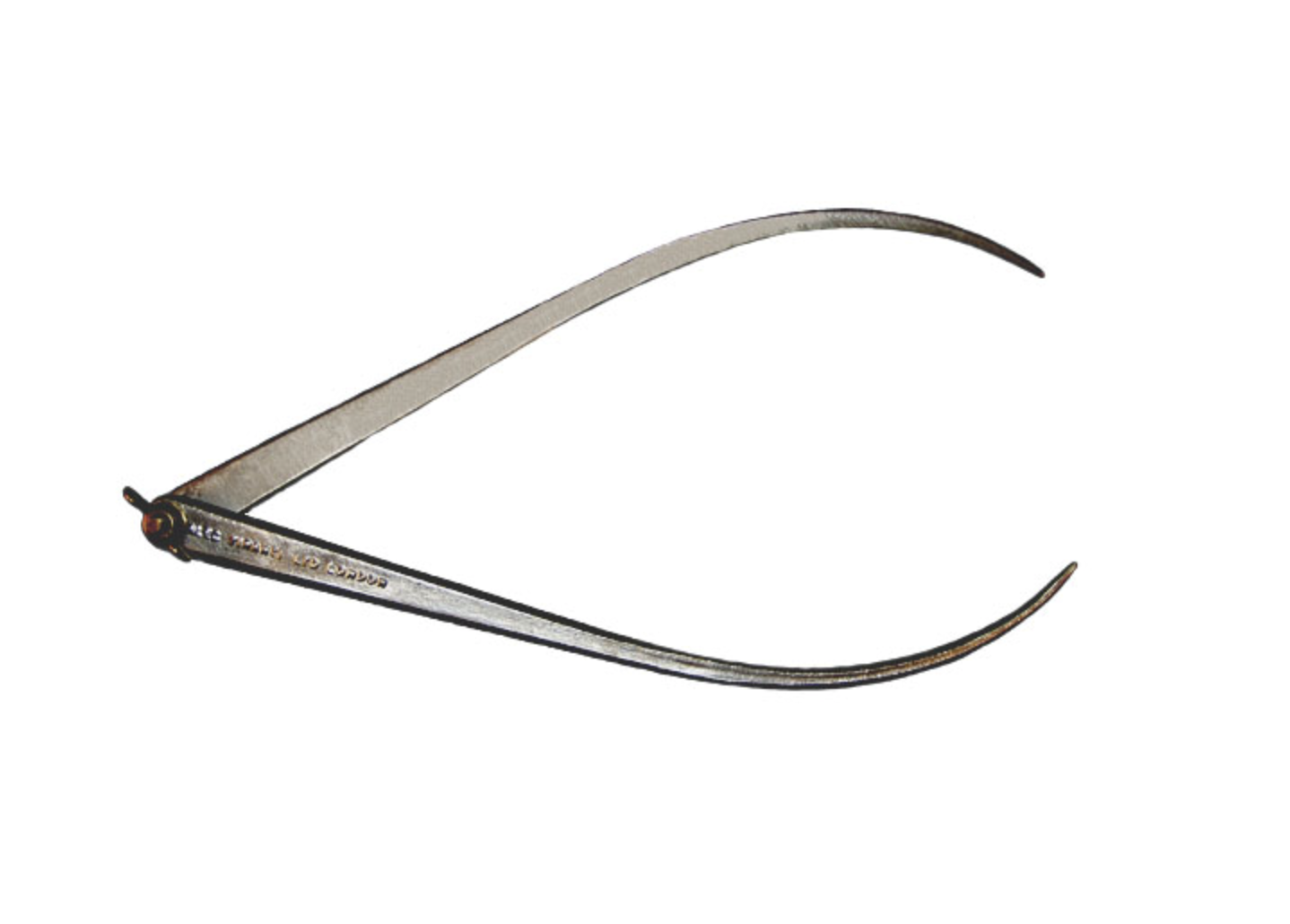
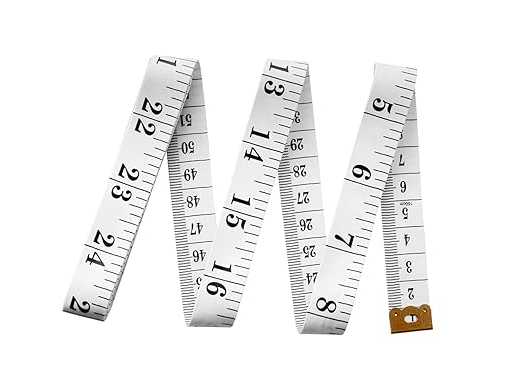
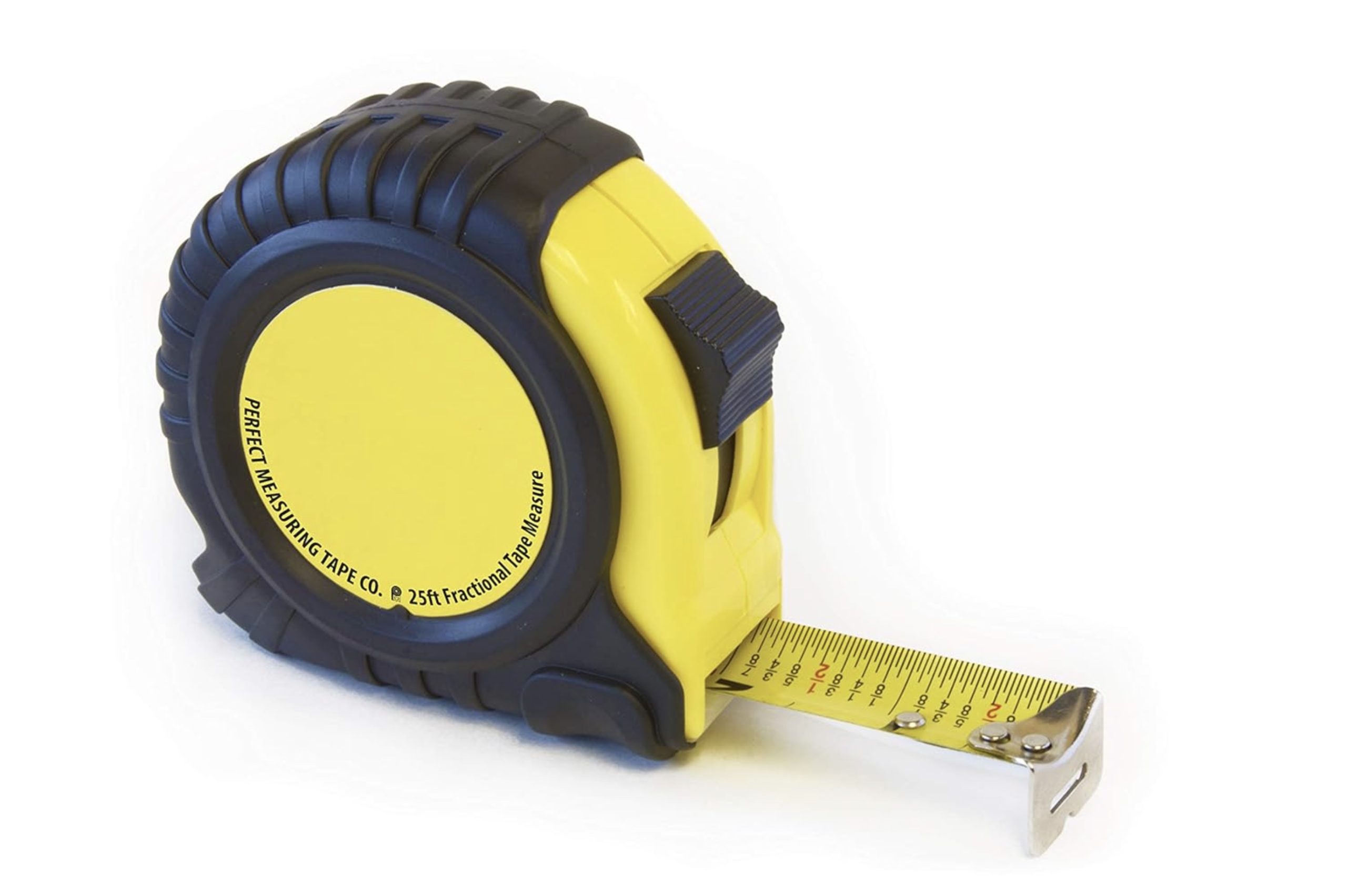
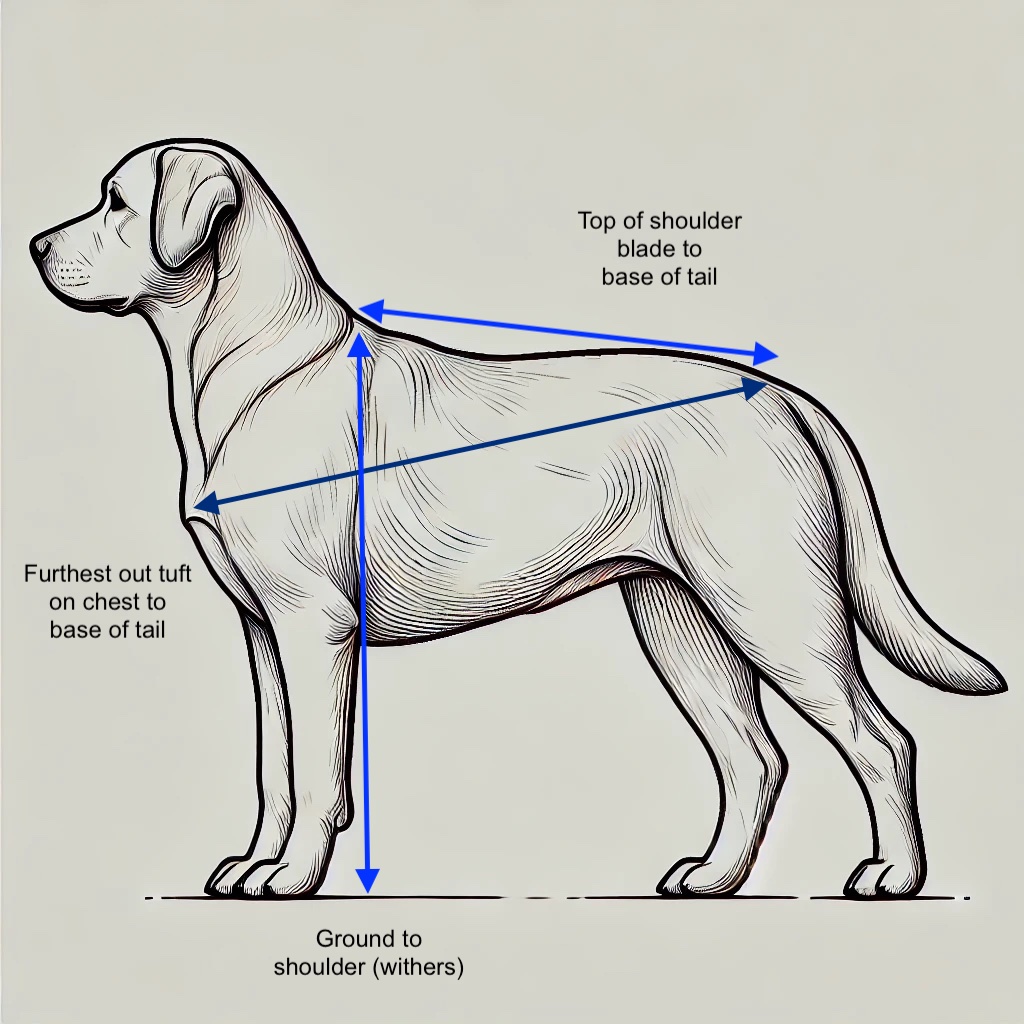
Ground to shoulder, (use measuring tape):
Top of shoulder blade to base of tail, (use flexi tape):
From furthest out tuft on chest to the base of the tail, (use measuring tape):
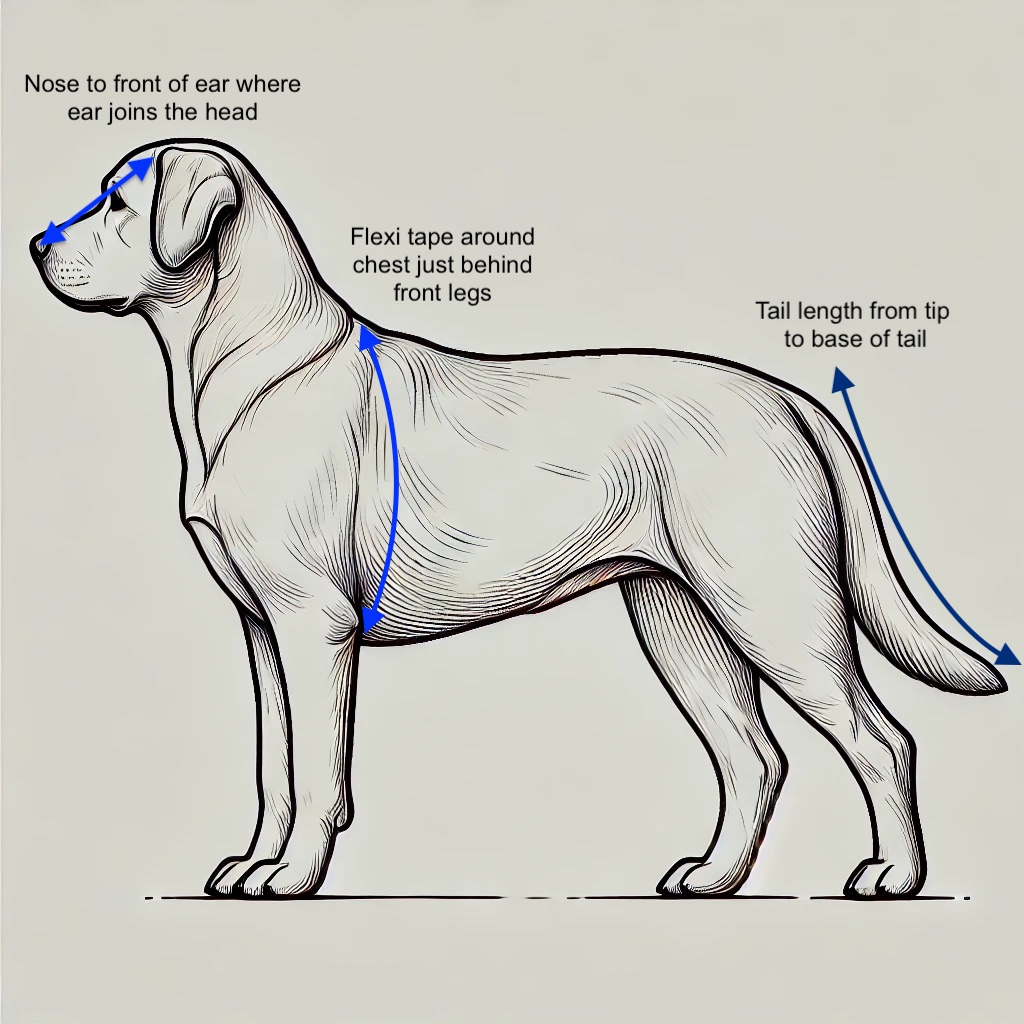
Flexi tape around chest just behind front legs, (use flexi tape):
Tail length from tip to base of tail, (use flexi tape):
Nose to front of ear where the ear goes into the head, (use callipers):
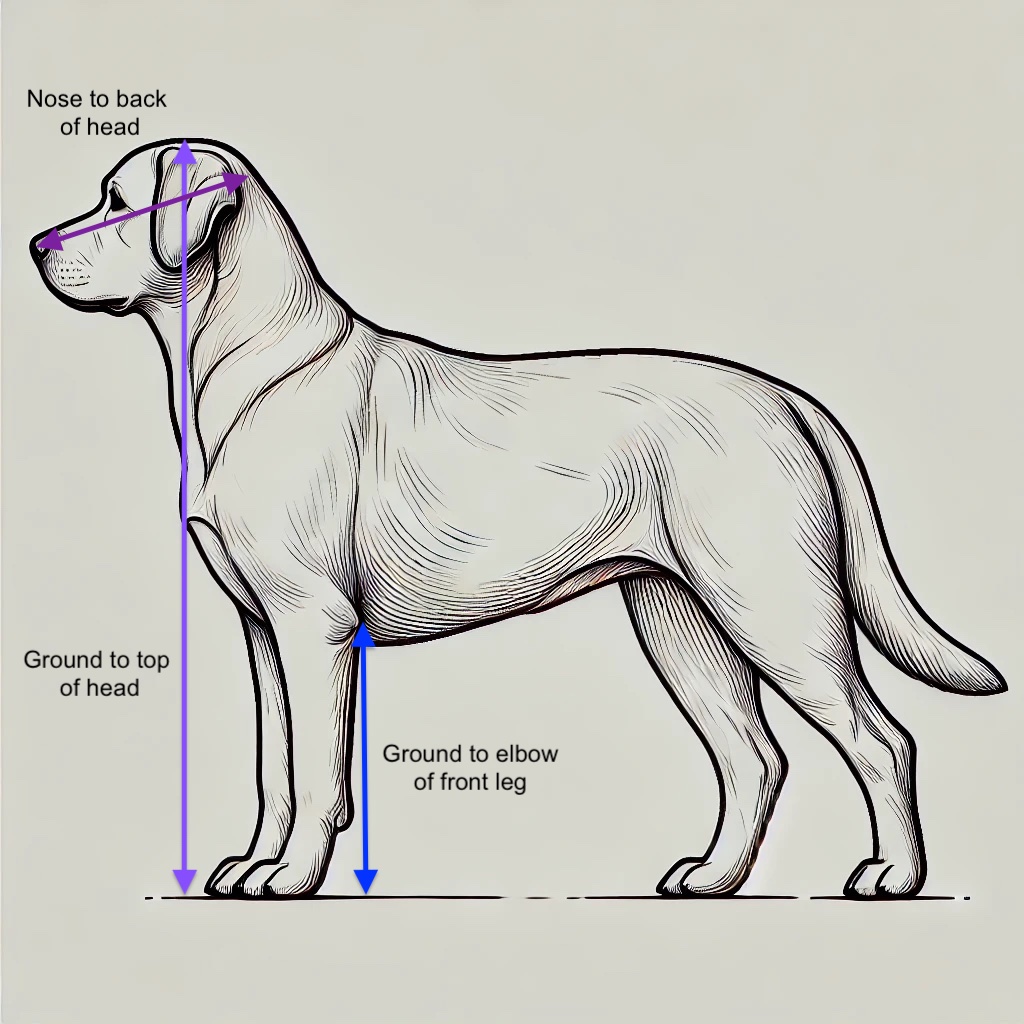
Nose to back of head, (use callipers):
Ground to top of head, (use measuring tape):
Ground to elbow of front leg, (use callipers):
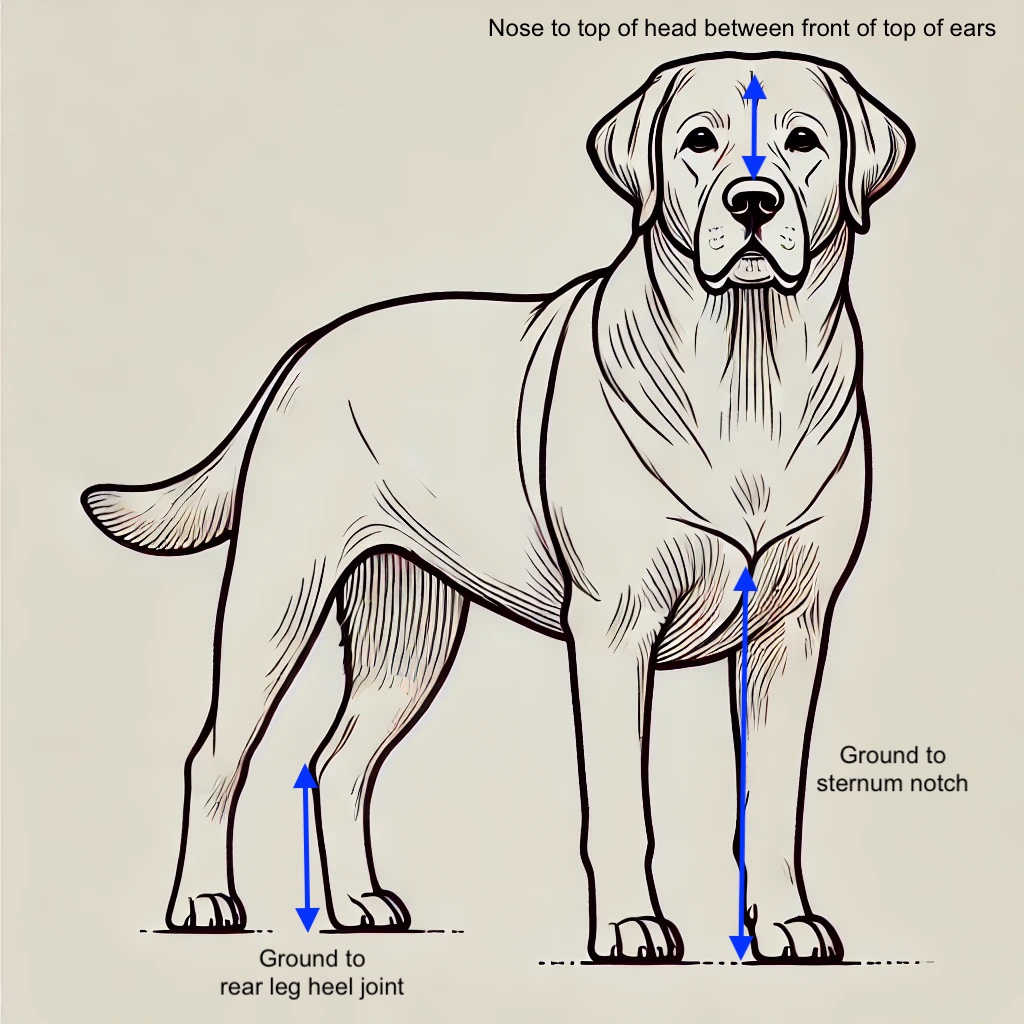
Nose to top of head in line with front of ears, (use callipers):
Ground to sternum notch, (use callipers):
Ground to rear leg heel joint, (use callipers):
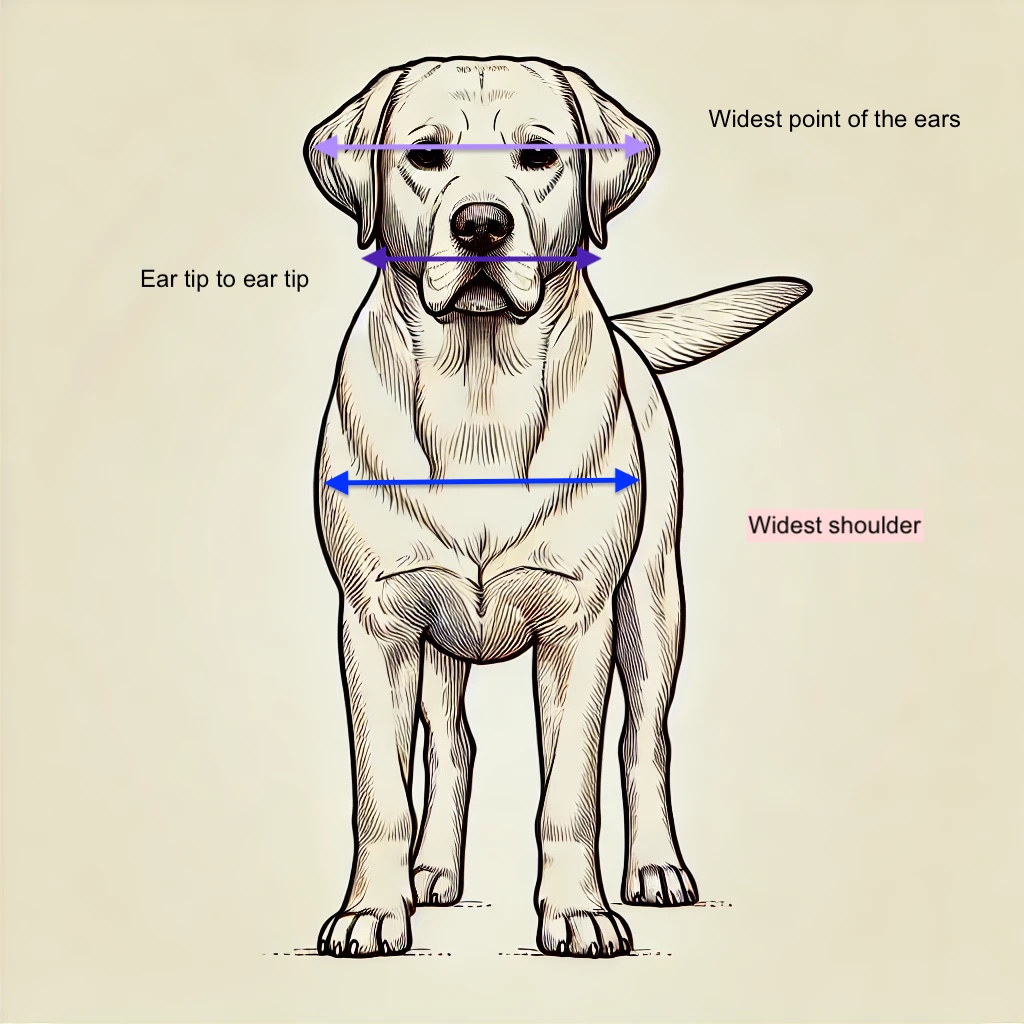
Ear tip to ear tip, (use callipers):
Widest point of the ears, (use callipers):
Widest shoulder, (use callipers):
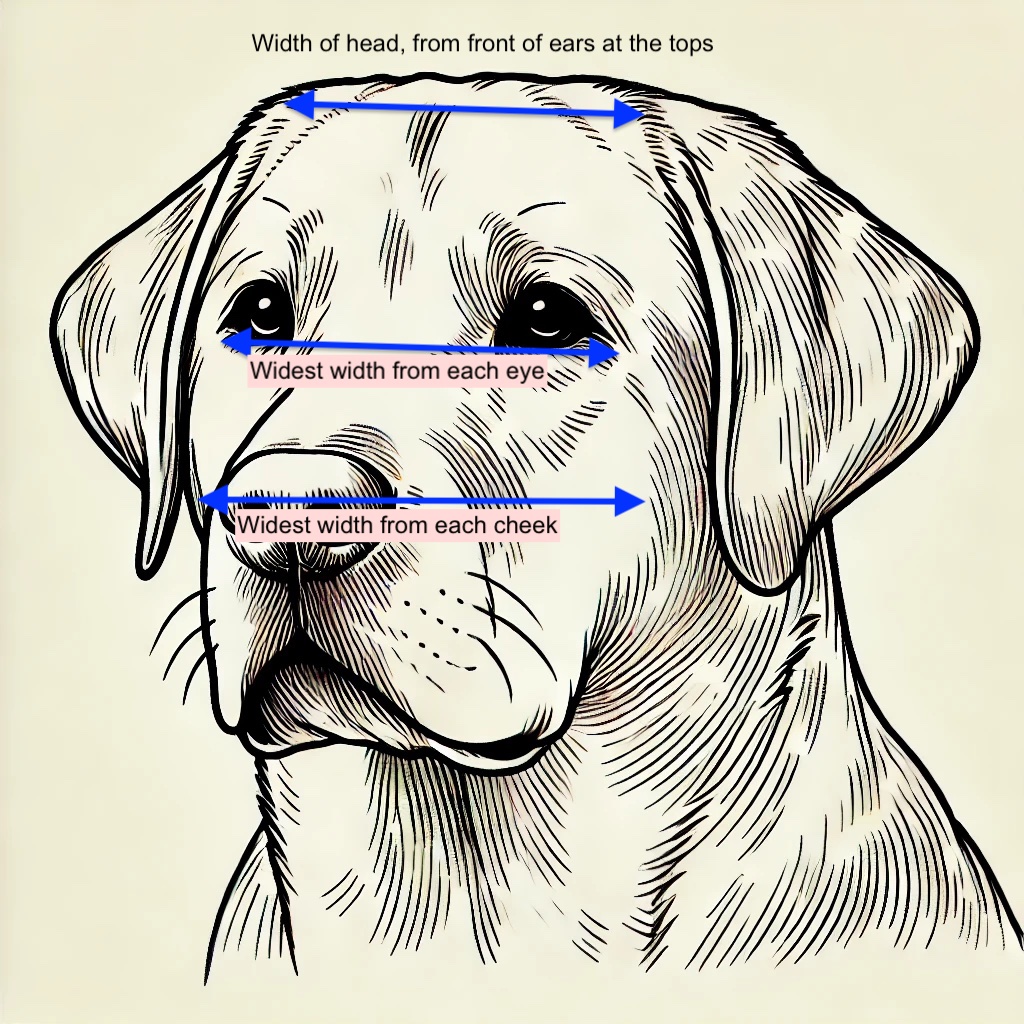
Width of head, from front of ears at the tops: (use callipers):
Widest width from each eye, (Uuse callipers):
Widest width from each cheek, (use callipers):
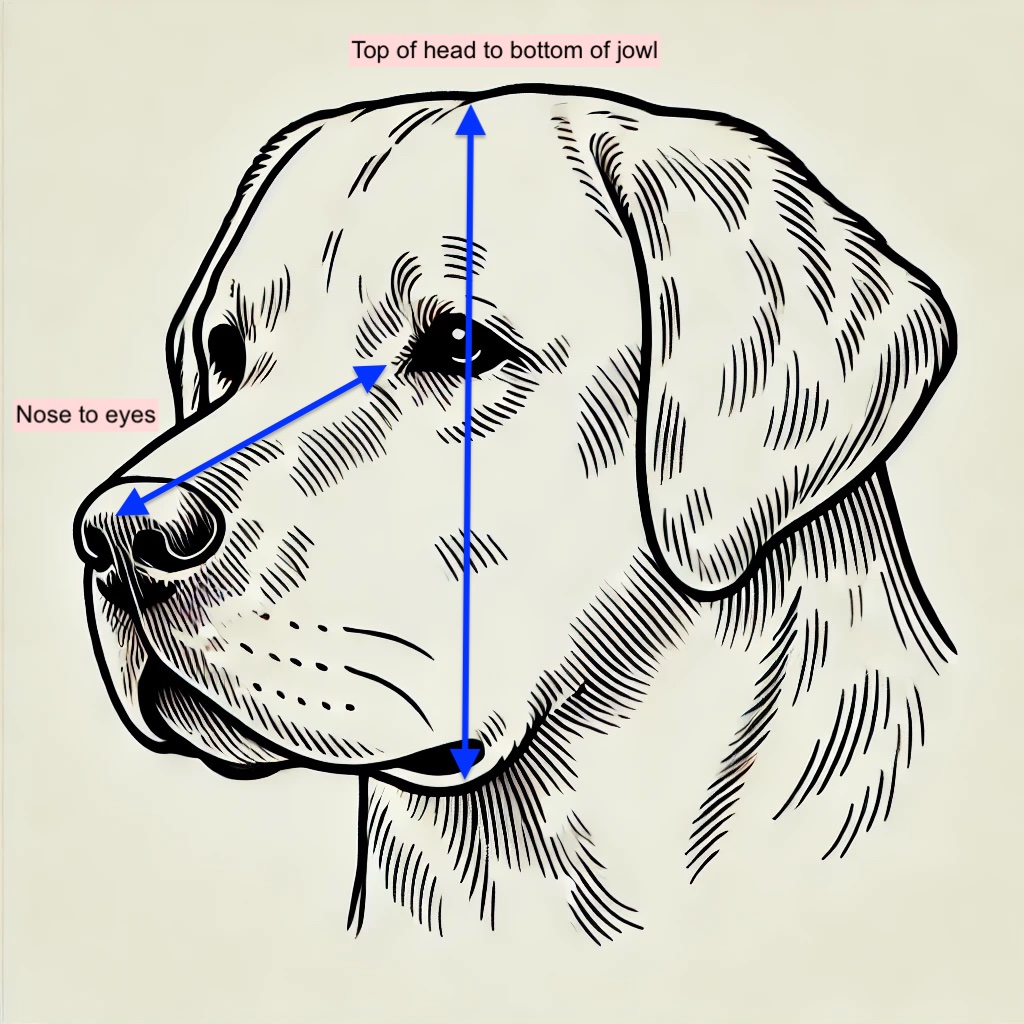
Widest width from each cheek, (use callipers):
Nose to eyes, (use callipers):
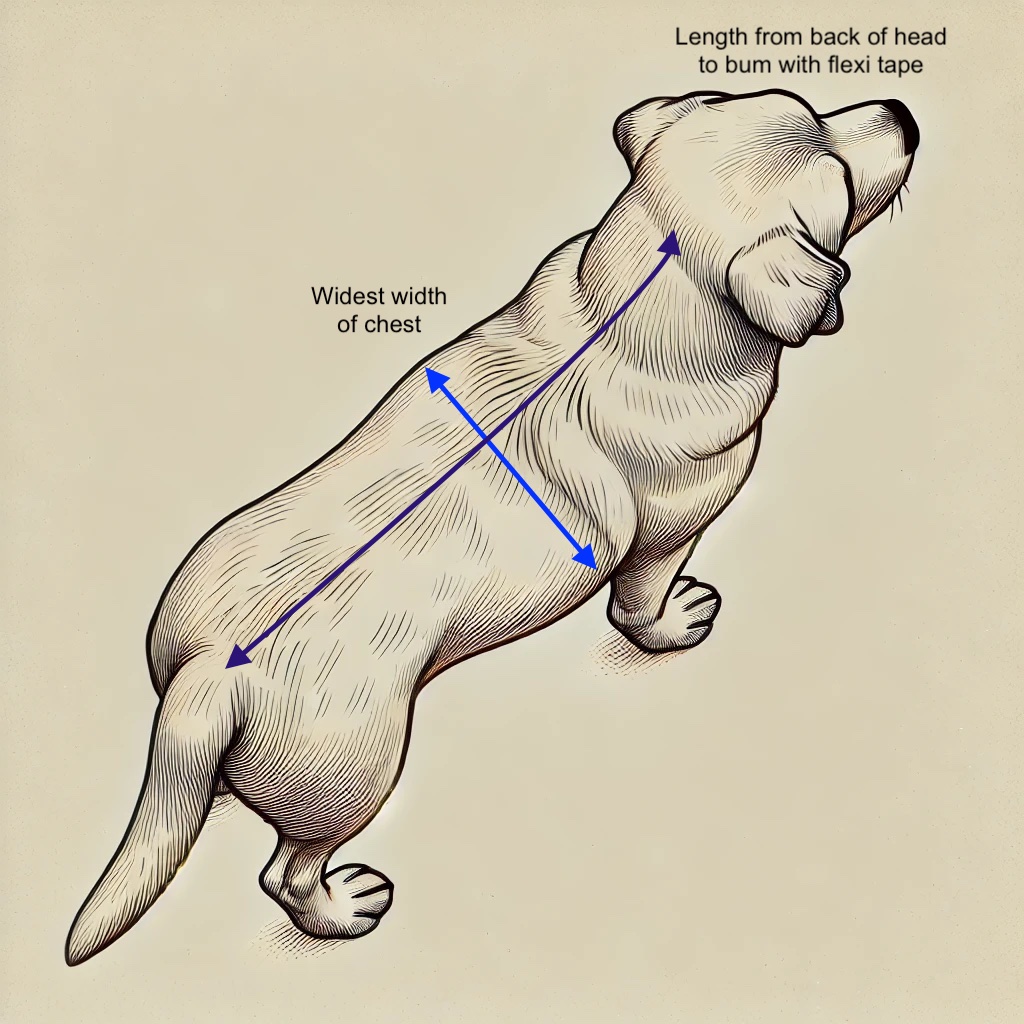
Length from back of head to base of tail, (use flexi tape):
Widest width of chest, (use callipers):
How to use callipers:
-
Callipers can measure a distance between two points while something else is in between, which would normally stop an accurate measurement. For example, measuring the width of a dog’s shoulders is difficult with a tape measure, because the dog’s body is in the way.
-
Callipers are also useful for accuracy because once the distance is set between the calliper arms, as they are stiff and don’t move without you intentionally applying pressure.
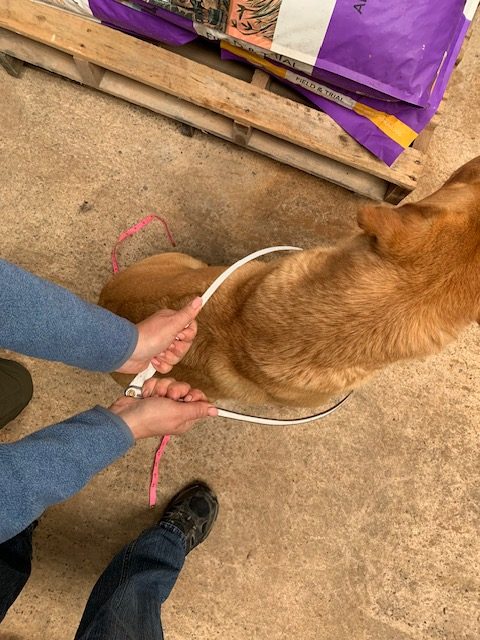
Open a tape measure and place it on the ground nearby.
You can measure a distance with a pair of callipers by pulling the calliper arms apart to the roughly expected measurement.
Then move the callipers to the dog (slowly and with treats), adjusting the arms to take the next measurement, until the points are in exactly the right place.
Now move the callipers to the open measuring tape to find the distance between the calliper points and then write down the measurement.
Put your fingers over the points when using the callipers near a dog’s face – to avoid poking them in the eye.

Follow The Artist
Keep up to date with Tanya's latest work!